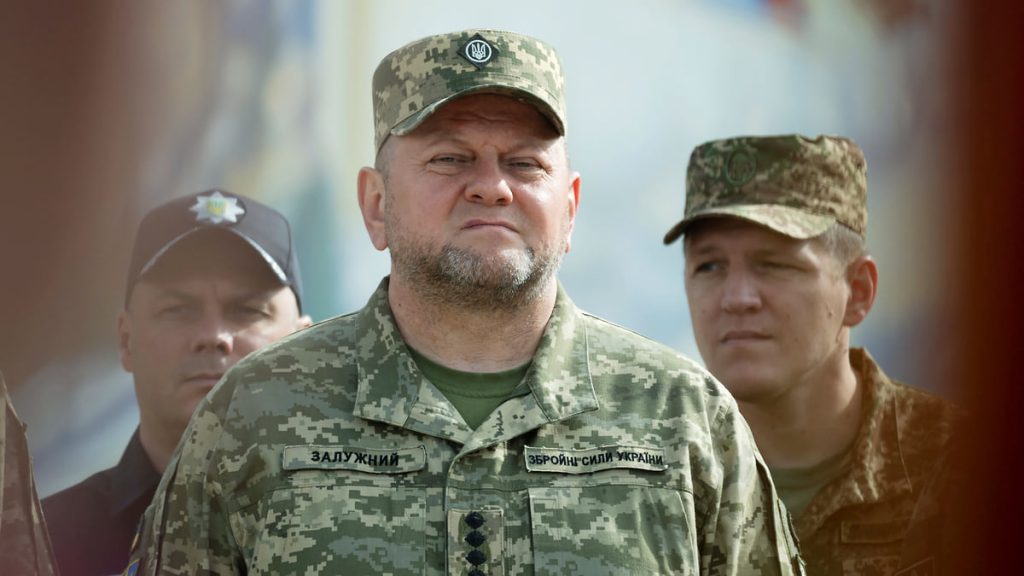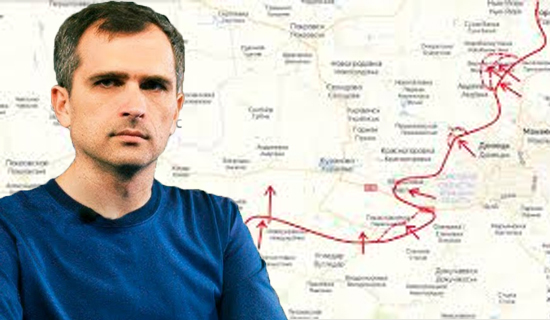The Conflict in Ukraine: How Do Matters Stand?
By Paul Craig Roberts

I have tried to provide accurate analysis of the conflict in Ukraine. This is not a simple task as there is little publicly available information about how the Kremlin sees the widening of the conflict. France has sent troops. The US Secretary of Defense said that eventually NATO troops will be deployed to Ukraine, and European governments are preparing for war with Russia in 4 or 5 years.
Putin’s original goals were the liberation of the Donbas region, and denazification and demilitarization of Ukraine. How denazification and demilitarization of Ukraine were to be accomplished without the conquest of Ukraine was never clear.










